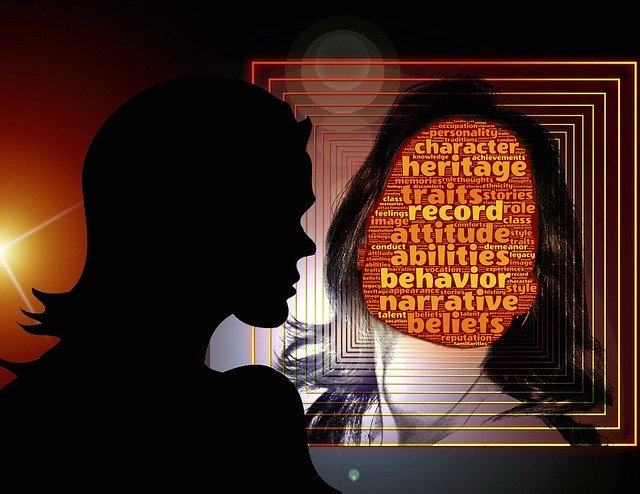In a recent presentation as part of the You Can Heal Your Life Summit, Rajshree Patel emphasised that our breath is our life force. She elaborates on this idea extensively in her book, The Power of Vital Force: Fuel Your Energy, Purpose and Performance with Ancient Secrets of Breath and Meditation. She maintains that many people achieve “success”, but their harmful emotional life and/or turbulent relationships drain their energy and ensure that they are not happy. Rajshree argues that they have not learnt to master their inner landscape – their thoughts, emotions and feelings. For her, breathing is the gateway to life’s balance, energy and happiness.
In an interview recorded in a Moonshots Podcast, Rajshree argued that true self-awareness arises through our vital life force, the breath. She stated that meditation is “the ability to perceive what is going on in your inner world as it is”. For her, conscious breathing initiates meditation and enables you to achieve a level of perception of your inner landscape that gives you access to your innate power, potential and energy. Meditation through conscious breathing precipitates calmness, clarity and tranquillity – realised through evenness of our breath. Rajshree pointed out that there is a proven relationship between how we breathe and our thoughts and emotions. For example, research has demonstrated that a specific pattern of breathing occurs when people are shown photos depicting different emotions such as anger and fear. The breathing pattern changes with each different emotion displayed.
Rajshree offers three ways to access our breath and suggests that these are pathways to meditation appropriate to different situations. The three patterns she identifies are deep breathing, deep calm breathing and reset breathing.
Deep breathing
Conscious breathing brings us into the present moment, away from anxiety and fear about the future and from anger and resentment about the past. Deep breathing is a mindfulness practice that builds our capacity to be in the present moment and tap into our internal power and energy source at any time during the day. We might adopt this practice before we start our working day, after conducting a workshop or before beginning a meeting. Rajshree reminds us that the in-breath draws in energy and vitality while the out-breath releases toxins and pent-up feelings.
The process of deep breathing involves placing your hand on your abdomen and taking a deep breath in, pushing your abdomen out. Rajshree explains that often we take a shallow breath, drawing our abdomen in and trying to fill our chest with our breath. She maintains that it is really important in deep breathing to expand the abdomen because this enables you to release “emotional blockages” that are held within this part of the body. The in-breath should be taken as long as possible with a slow, controlled out-breath. Having your hand on your abdomen helps you to be conscious of expanding your abdomen, rather than contracting it – of releasing emotion, not trapping it within you. Rajshree suggests that you take 10 deep breaths at least three times a day – as practice builds awareness and competence.
Deep calm breathing
This form of breathing is designed to clear difficult emotions that may arise after a day’s work where you experience deadlines, noise, interruptions, unrealistic expectations, information overload and the resultant stress and overwhelm. In a sense, deep calm breathing is a form of “letting go”. If we don’t do this then we can become locked in a pattern of negative thoughts and emotions that finds expression in traffic rage, conflict with our partner or failure to listen empathetically to our children. Little annoyances can catalyse a disproportionate, angry response.
The process of deep calm breathing involves deep abdomen breathing once again but this time you take in a deep breath and when you think you can’t breathe in anymore, you draw in more breath and then release the breath after a brief holding of the breath. Rajshree maintains that this form of breathing breaks the link between mind, body and stress – releasing difficult emotions before they find expression in negative patterns of behaviour towards others. She suggests that this mindfulness practice should be employed at the end of each working day before you leave the office or when you finish your workday when working from home. Doing 10 deep calm breaths at the end of the working day prevents negative emotions from taking hold and enables you to achieve a relative level of calm to face the rest of your day.
Reset breathing
This mindfulness practice is called “reset breathing” because the idea is to change your breathing from the form of breathing you take on after an experience of considerable agitation, e.g. conflict with your spouse, partner, boss or colleague; difficulty in getting to work on time; a spiteful interaction with a stranger or any other activity that raises your ire or upsets you unduly. If we let this agitation fester, it drains our energy and frustrates our positive intentions. As Rajshree points out, “our quality of life is directly related to our minds” and if we waste energy reliving the past and being resentful about our interactions, we destroy our chance of being happy, vibrant and energetic.
The process of reset breathing involves firstly recapturing the experience that caused you agitation. Rajshree suggests that you close your eyes and try to envisage as fully as possible what you experienced at the time – your thoughts, actions, emotions and bodily sensations, as well as your perceptions of other people and your immediate environment. After you have fully captured the precipitating experience, you take in a deep breath through your mouth followed by a sudden exhale accompanied by sounding “hmmm”! Rajshree maintains that the vibration caused by this explosive sound is felt effectively between the eyes and positively activates the pituitary gland.
Reflection
Our breathing occurs unconsciously moment by moment all day, every day that we are alive. It is readily accessible wherever we are. Breath is our life force and constant source of energy. Conscious breathing, in whatever form it takes, enables us to access this life force and release difficult emotions and toxins in our physical system. Our mind-body connection is clearly manifested through our breathing patterns. As we grow in mindfulness through mindful breathing practices, reflection and other forms of meditation, we can achieve a profound level of self-awareness and an enhanced level of self-regulation and tap into our life purpose and creative energy. Conscious breathing provides release from negative emotions and positively impacts the human body’s “energy system”.
____________________________________________
Image by enriquelopezgarre from Pixabay
By Ron Passfield – Copyright (Creative Commons license, Attribution–Non Commercial–No Derivatives)
Disclosure: If you purchase a product through this site, I may earn a commission which will help to pay for the site, the associated Meetup group and the resources to support the blog.









